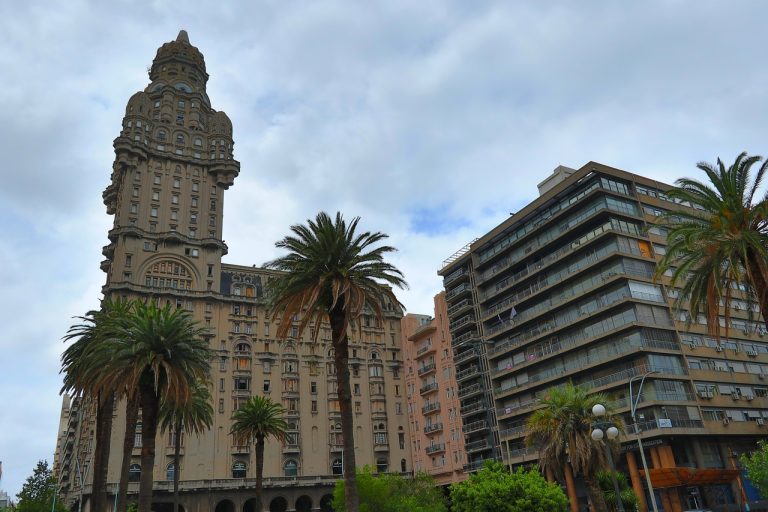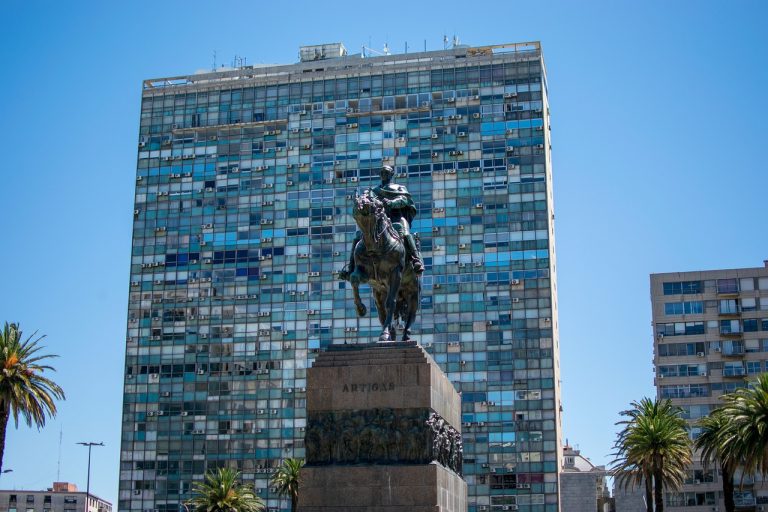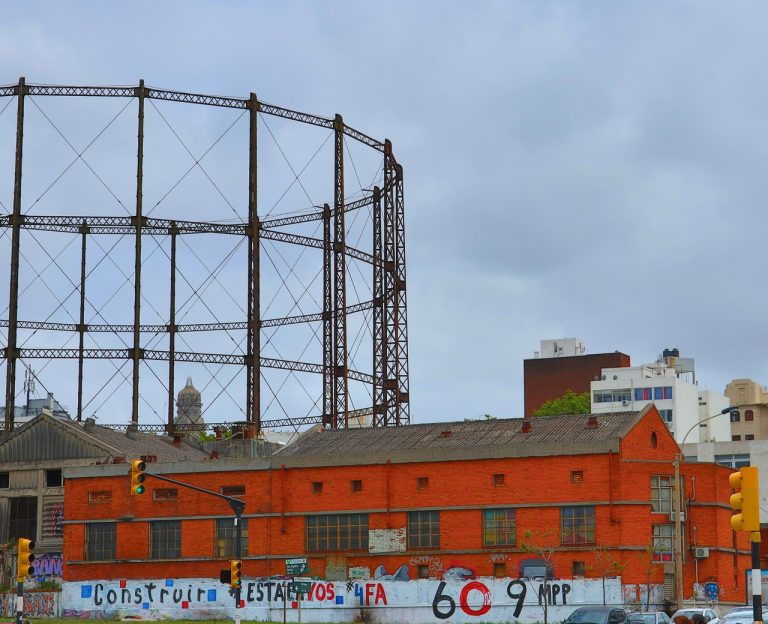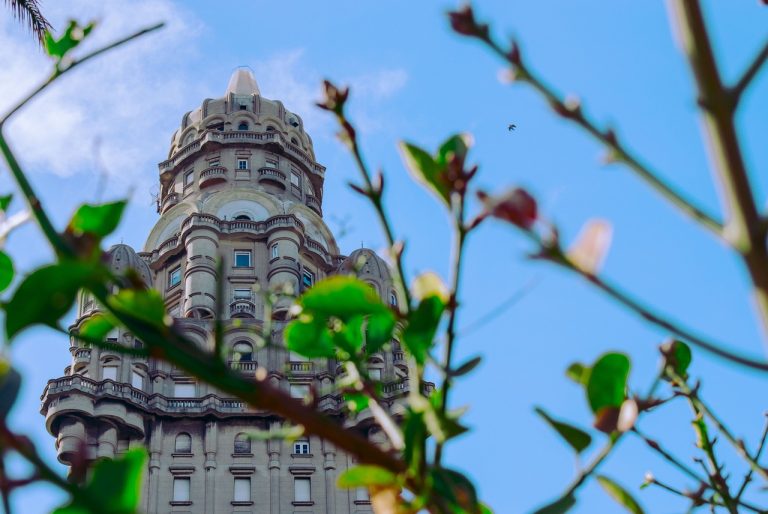Montevideo Uruguay Video
The Cultural Evolution of Montevideo Uruguay
Montevideo, the capital city of Uruguay, has a rich cultural heritage that has evolved over the years. From its colonial past to its vibrant present, Montevideo has seen significant changes in its cultural landscape. This article explores the cultural evolution of Montevideo, highlighting key aspects of its history, arts, music, cuisine, sports, and more.
The Colonial Legacy
- Spanish Influence: Montevideo was founded by the Spanish in the early 18th century, and their influence is still visible in the city’s architecture, language, and traditions. The historic quarter, Ciudad Vieja, is a testament to Montevideo’s colonial past.
- Portuguese Influence: During the Spanish-Portuguese rivalry, Montevideo was briefly under Portuguese rule. This period left an impact on the city’s cultural fabric, with Portuguese influences evident in some aspects of Montevideo’s cuisine and music.
- Afro-Uruguayan Culture: The presence of African slaves brought by the Spanish and Portuguese colonial powers contributed to the development of Afro-Uruguayan culture in Montevideo. This culture is particularly prominent in the city’s music and dance, such as candombe.
The Arts Scene
- Montevideo’s Theaters: The city boasts a vibrant theater scene, with numerous theaters showcasing a variety of performances, including plays, musicals, and ballet. The Solis Theatre, Montevideo’s main theater, is a cultural landmark and a hub for performing arts.
- Visual Arts: Montevideo is home to several art galleries and museums that exhibit both local and international artworks. The National Museum of Visual Arts and the Juan Manuel Blanes Museum are notable venues for art enthusiasts.
- Street Art: Montevideo has embraced street art as a form of creative expression. The city’s walls are adorned with vibrant murals and graffiti, reflecting the diverse artistic styles and social commentary of local artists.
Montevideo Uruguay Image 1: 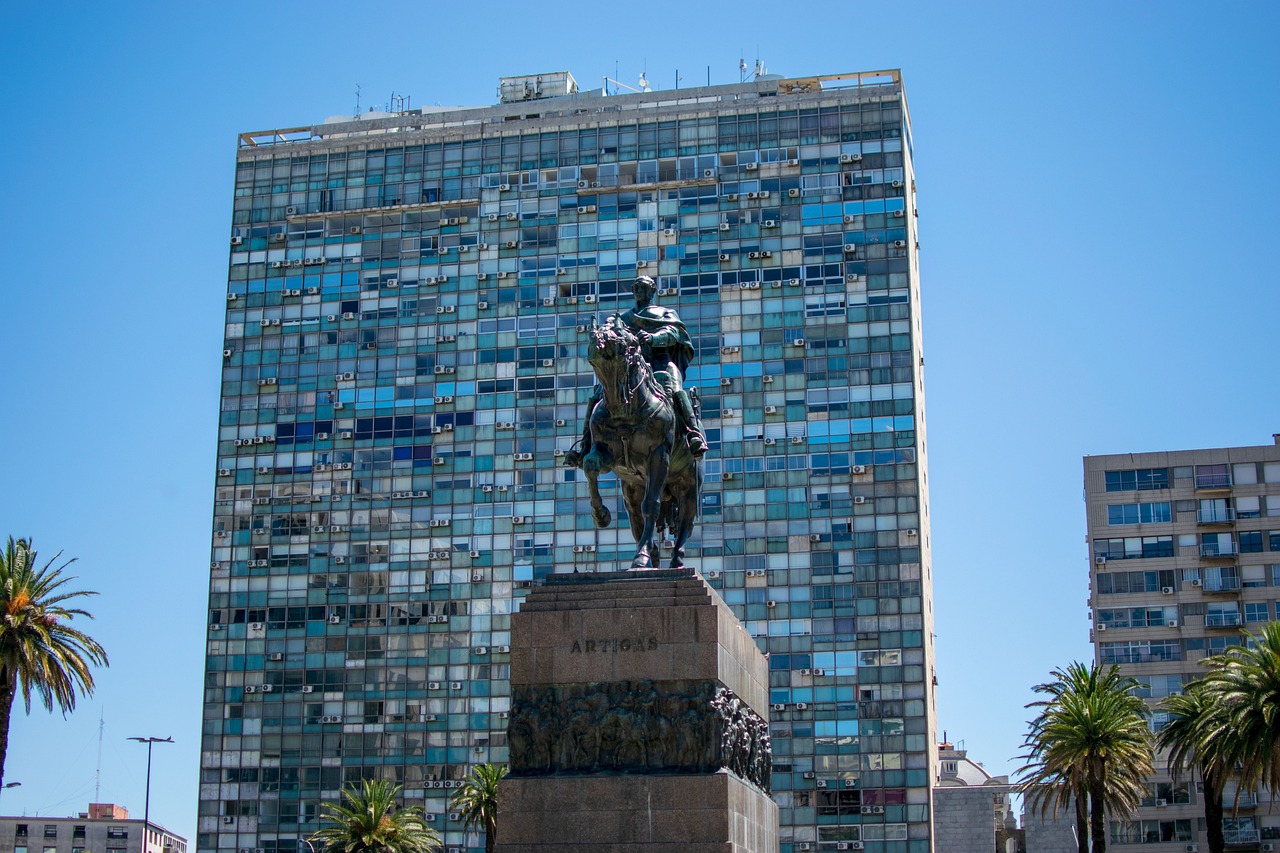
Music and Dance
- Tango: Montevideo has a deep-rooted connection to tango, a passionate and melancholic dance form. The city’s tango clubs and milongas offer opportunities to experience this iconic Argentine and Uruguayan art form.
- Candombe: Candombe is an Afro-Uruguayan rhythm and dance style that holds immense cultural significance in Montevideo. During carnival season, the streets come alive with vibrant candombe parades, featuring drum ensembles and dancers.
- Folk Music: Montevideo celebrates traditional folk music, with artists preserving and promoting the country’s musical heritage. Peñas, intimate gatherings where musicians perform traditional songs, provide an authentic experience of Uruguayan folk music.
Cuisine and Gastronomy
- Asado: Asado, a traditional barbecue, is an integral part of Uruguayan cuisine. Montevideo offers a wide range of parrillas (steakhouses) where you can savor succulent grilled meats and other local delicacies.
- Chivito: Chivito, Uruguay’s national dish, is a hearty sandwich filled with tender beef, ham, cheese, lettuce, tomato, and mayonnaise. Montevideo is renowned for its delicious chivitos, which can be found in various restaurants and food stalls.
- Mate: Mate, a traditional South American infused herbal drink, is deeply ingrained in Uruguayan culture. In Montevideo, you can witness locals enjoying mate in public spaces, parks, and plazas.
Montevideo Uruguay Image 2: 
Sports and Recreation
- Soccer: Soccer is the most popular sport in Uruguay, and Montevideo is home to several renowned soccer clubs. The Estadio Centenario, a historic stadium, hosted the inaugural FIFA World Cup in 1930 and remains an iconic sporting venue.
- Beaches: Montevideo’s coastline offers beautiful beaches where locals and tourists can relax and enjoy the sun. Ramirez Beach and Pocitos Beach are popular spots for swimming, sunbathing, and beachside activities.
- Parks and Gardens: The city is dotted with parks and gardens, providing green spaces for leisure and recreation. The Prado Park, with its botanical garden and historic monuments, is a tranquil oasis in the heart of Montevideo.
Montevideo’s Festivals and Events
- Carnival: Montevideo’s Carnival is a vibrant celebration of music, dance, and colorful costumes. The city comes alive with parades, murgas (carnival street bands), and theatrical performances, showcasing the rich cultural heritage of Uruguay.
- Fiesta de la Patria Gaucha: This annual festival celebrates the gaucho culture, featuring traditional horsemanship displays, rodeos, folk music, and traditional food. It provides a glimpse into Uruguay’s rural traditions and heritage.
- Gastronomic Week: Montevideo’s Gastronomic Week is a culinary extravaganza that showcases the city’s diverse gastronomic offerings. Restaurants, food trucks, and markets come together to celebrate the vibrant food scene of Montevideo.
Montevideo Uruguay Image 3: 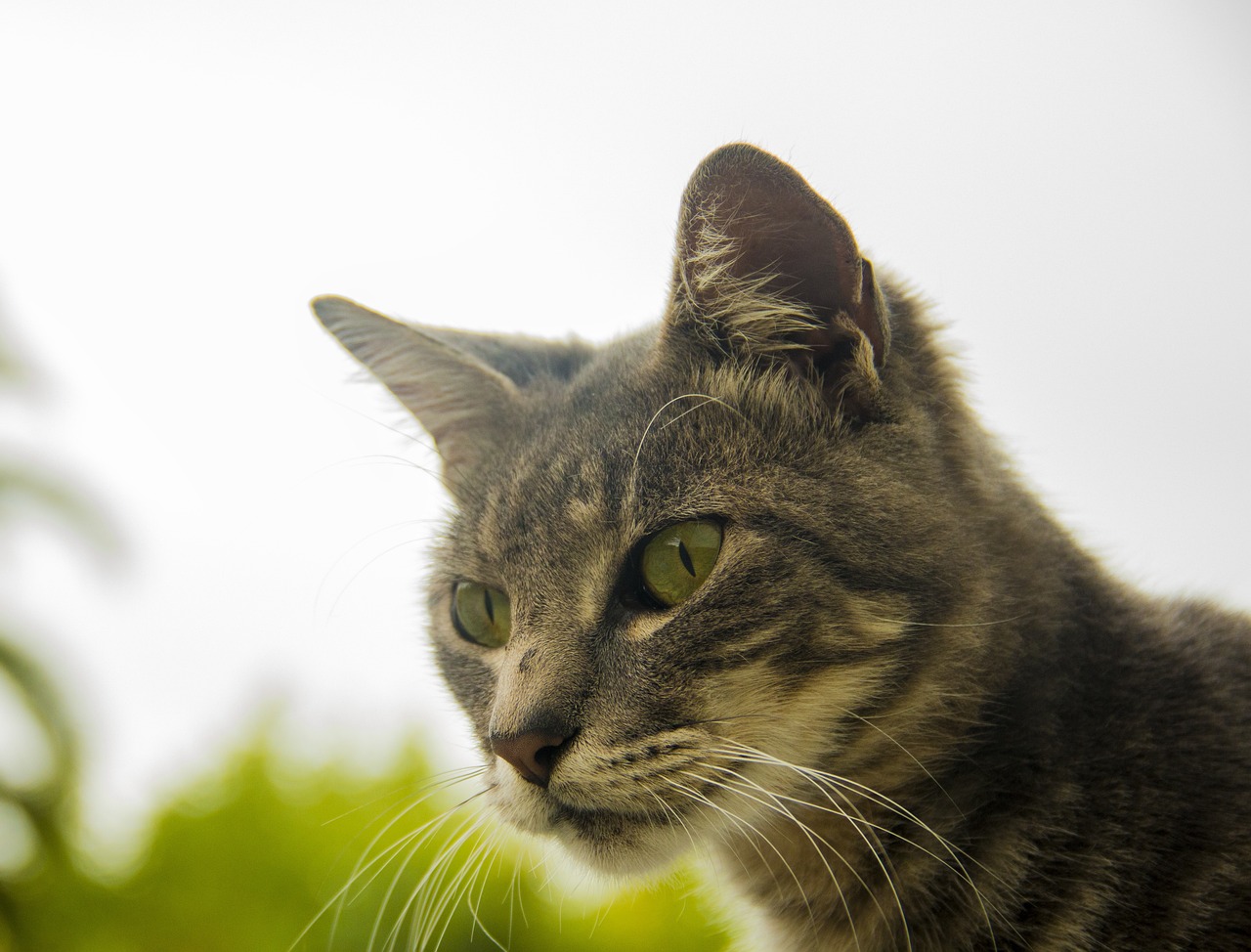
In Summary
Montevideo Uruguay is a city that has undergone a remarkable cultural evolution. From its colonial past to its present-day vibrancy, the city’s rich history, arts scene, music, cuisine, and festivals reflect the diverse cultural influences that have shaped Montevideo’s identity. Whether exploring the historic quarter, indulging in traditional dishes, or immersing in the lively carnival spirit, Montevideo offers a captivating cultural experience.
References
– uruguaynatural.com
– montevideo.gub.uy
– museoblanes.gub.uy
– teatrosolis.org
– mnav.gub.uy
– lonelyplanet.com


